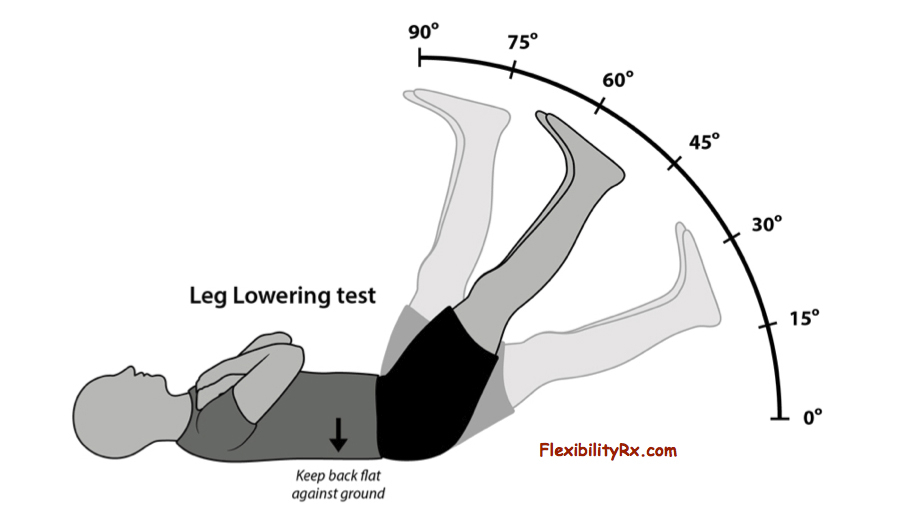Mental health conditions affect more people than you would think. One of the biggest issues with diagnosing these conditions is that many people who have them do not want others to know about the condition. Penn State’s campus wide Mental Health Awareness Week is a great reminder that everyone could use some support every once in a while. A study done by Ann Margriet Pot and other professionals from various institutions in the Netherlands set out to determine the biggest indicators of depression in Nursing homes located in the northwest portion of the country.
333 nursing home patients from 14 different homes in the Netherlands were examined. Patients who were under 55 years of age and those who were only admitted for short stays of less than 6 months were excluded. The team used the Geriatric Depression Scale (GDS) to determine the levels of depression in patients. Any score higher than 10 determined sub-clinical depression, however this level of depression did not meet national standards for diagnosable depression. The GDS is a 30 question survey that takes many different variables into effect. These variables include age, gender, partner status, widowhood, education, length of stay, and various physical impairments.
Patients who showed signs of depression were classified into one of three groups: sub-clinical depression, minor depression and major depression. Most of the patients fell into one of these three groups, with sub-clinical depression being the most common. Results showed that women were more likely to have major depression than men. However, there was a larger sample size of women (women accounted for nearly 70% of patients surveyed). According to the results, patients with visual impairments were most likely to be depressed with 27.8% having major depression and nearly 100% having some sort of depression. Following visual impairment were loneliness with 22.5% being majorly depressed and functional limitations with 20.9%.
While we cannot control physical impairments like blindness or functional limitations, we can make a difference in a person’s loneliness. If a friend or anyone else starts to become distant or it seems like they may be lonely, make sure that they know you are there to support them. Do not overlook the goals of Penn State’s Mental Health Awareness Week. We can make a difference!
Link: https://www.researchgate.net/profile/Miel_Ribbe/publication/8171015_Prevalence_and_risk_indicators_of_depression_in_elderly_nursing_home_patients_The_AGED_study/links/54a7e6e30cf267bdb90b2dc3.pdf
Works Cited:
Jongenelis, K., A.m. Pot, A.m.h. Eisses, A.t.f. Beekman, H. Kluiter, and M.w. Ribbe. “Prevalence and Risk Indicators of Depression in Elderly Nursing Home Patients: The AGED Study.” Journal of Affective Disorders 83.2-3 (2004): 135-42. Web. 31 Nov. 2016.





